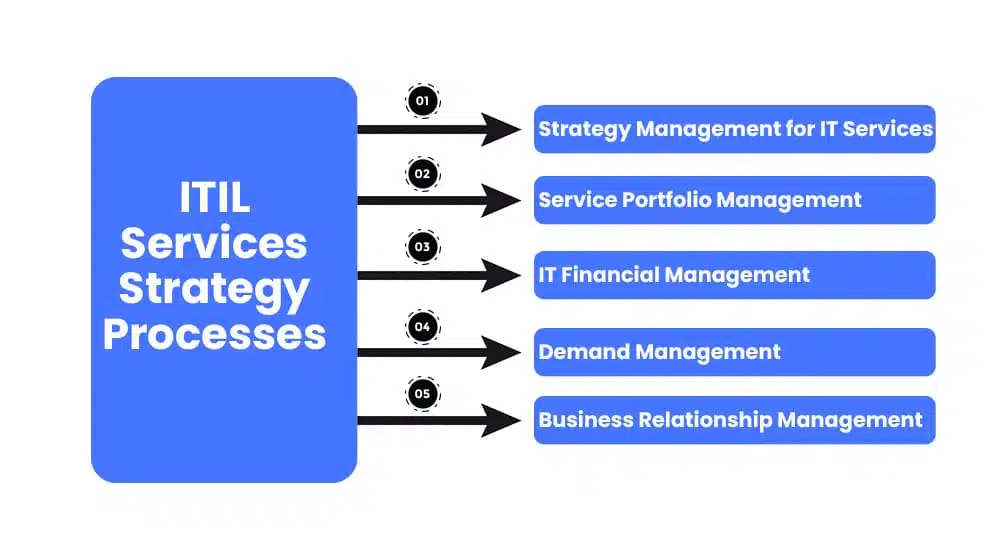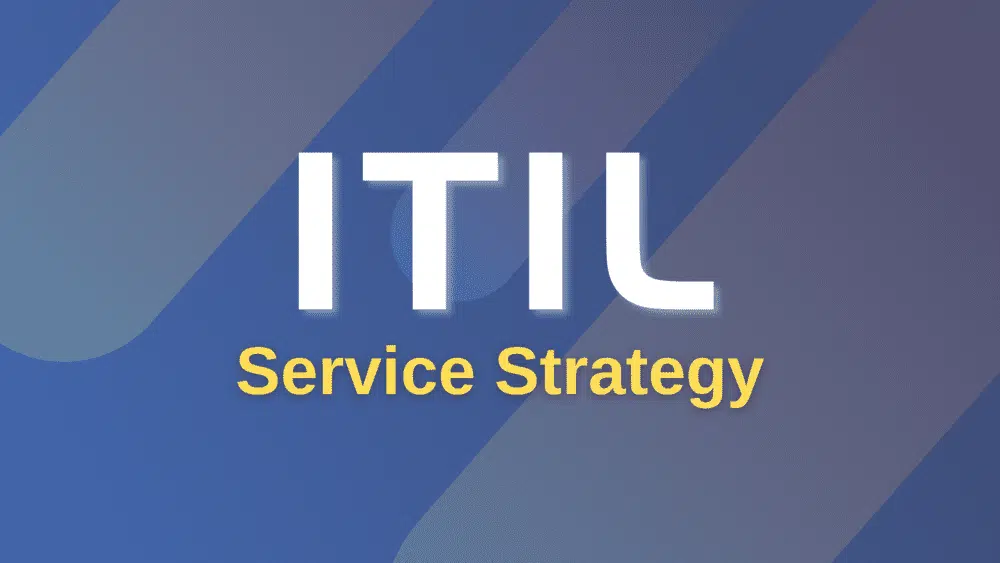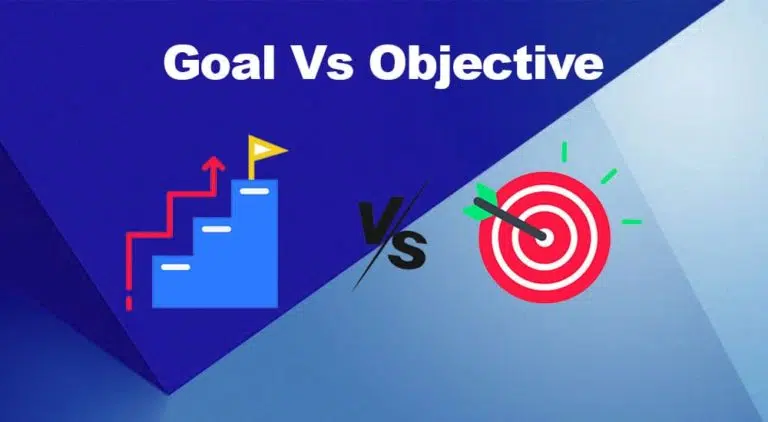The ITIL framework, or the Information Technology Infrastructure Library, offers a comprehensive set of best practices for optimizing every aspect of end-to-end service management. From the people, processes, products, and partners involved, ITIL covers the entire spectrum to ensure the highest level of service.
Adopted by many leading IT service providers, the ITIL framework utilizes a systematic approach to manage the complete service life cycle. The ITIL Service Strategy is one of the five ITIL service lifecycle process that provides a roadmap for delivering exceptional IT services.
The five stages of the ITIL service life cycle are:
- ITIL Service Strategy
- ITIL Service Design (Design Strategy)
- ITIL Service Transition (Transition Strategy)
- ITIL Service Operation (Operation Strategy)
- ITIL Continual Service Improvement
The ITIL Service Strategy provides a competitive advantage for businesses, empowering them to outshine their rivals consistently. With a clear objective to aid organizations in determining the ideal services to offer customers and the necessary capabilities to deliver these services, ITIL Service Strategy minimizes risks, boosts efficiency, strengthens customer relationships, and establishes a robust and scalable IT infrastructure.
By leveraging the power of ITIL Service Strategy, businesses can stay ahead of the curve and easily achieve their goals.
The Essence of ITIL Service Strategy
ITIL Service Strategy helps service providers decide on strategies to serve customers.
The ITIL Service Strategy provides clear direction and aligns the business to achieve its goals. It removes obstacles to creative thinking and sets the standard for evaluating the effectiveness of the Service Value System (SVS). The SVS demonstrates how different components of an organization collaborate to create value through IT-enabled services.
Adopting a market-driven approach, the ITIL Service Strategy guides organizations in determining the most valuable services to offer and the target markets to pursue, dictating the right actions to take and those to avoid. The strategy must deliver value to customers by making services and products appealing and specifying a superior method for delivering value.
The ultimate objective of the ITIL Service Strategy is to outline the four Ps – perspective, position, plan, and patterns – required for a service provider to meet the organization’s business objectives, deliver exceptional value and fulfill customers’ needs.
Objectives and Scope of ITIL Service Strategy
The primary goal of the ITIL service strategy is to describe how a service provider should develop and maintain a level of value for clients. It describes the goals regarding business outcomes that include the service provider’s unique approach to value generation and delivery, glaring limitations, and the competitive alternatives that can be utilized.
For efficient service delivery, it is essential to understand service strategy, which includes:
- Services required to achieve the strategy.
- The expected level of service demand.
- Investment requirement to achieve the service strategy.
- The existing relationship between the service provider and customers.
- The organizational capability required to deliver the service strategy.
- Current service offerings and customers.
- Customer value journey map.
- Assets used for delivering value and how their optimization methods.
The ITIL Service Strategy applies to internal and external service providers, offering a comprehensive approach to service delivery. The development process starts with a strategic assessment, where a thorough analysis of internal and external factors is conducted to determine service objectives.
This is followed by a systematic approach to strategy generation, evaluation, and selection, culminating in the determination of a clear perspective for vision, the formation of policies for the position, the creation of a well-crafted plan, and the adoption of a pattern of action to bring the strategy to life.
The ITIL Service Strategy provides a step-by-step guide to delivering high-quality services that meet the organization’s and its customers’ needs.
ITIL Service Strategy Processes

The ITIL Service Strategy comprises five crucial processes, each of which plays a vital role in delivering exceptional IT services:
#1. Strategy Management for IT Services
This process ensures that IT services and their management align with the organization’s objectives. Businesses assess and define strategies for different service offerings, with top management responsible for strategic management. This process clarifies the organization’s objectives, outlines how they will be achieved, and prioritizes investment.
#2. Service Portfolio Management
This process guarantees that each service aligns with the service management strategy and the organization’s objectives. The provider can effectively justify service needs based on business value through comprehensive end-to-end monitoring of IT services.
#3. IT Financial Management
This process encompasses accounting, budgeting, and charging for services, ensuring that the organization covers costs and realizes profits.
#4. Demand Management
This process helps businesses understand, predict, and influence customer demand for IT services. Accurately predicting and adapting to demand helps avoid inadequate or excessive service capacity, reducing costs and improving customer satisfaction.
#5. Business Relationship Management
This process focuses on developing strong client relationships by optimizing the value of service delivery and ensuring customer satisfaction and loyalty.
Benefits of ITIL Service Strategy
The effective implementation of the ITIL Service Strategy delivers significant business value, offering many benefits. These benefits include:
- The ability to clearly understand and communicate the connection between IT service assets, their activities, and the outcomes customers receive from using the services.
- The ability to adapt IT services proactively to meet changing business needs and maintain a competitive edge.
- Improved value realization and cost optimization.
- A curated portfolio of standard services.
- Enhanced IT investment utilization, where service development investments are driven by business priorities and informed by a thorough return on investment analysis.
Summary
The ITIL Service Strategy represents a comprehensive collection of services and outlines their design, transition, and operation guidelines. It provides a clear understanding of how IT services will be leveraged to enable the IT department to accomplish its objectives.
By defining a unique and effective approach for delivering exceptional value that aligns with the overall business strategy, the ITIL Service Strategy plays a critical role in the success of modern businesses’ IT service operations.
The ITIL Service Strategy is a key component of an organization’s IT service management. It is essential to ensure the delivery of high-quality IT services that meet the evolving needs of the organization and its customers.

I am Mohammad Fahad Usmani, B.E. PMP, PMI-RMP. I have been blogging on project management topics since 2011. To date, thousands of professionals have passed the PMP exam using my resources.







